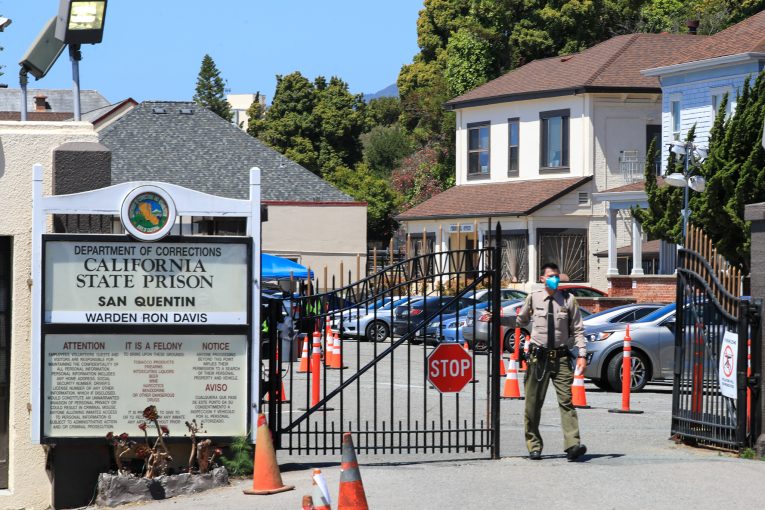

By Emily Andrews
SACRAMENTO, CA – On Monday, Jan. 31, California began moving to dismantle the housing structure of the San Quentin state prison, the second-largest death row in the US, a monumental effort by Governor Gavin Newsom towards removing the death penalty. However, those on death row are not being resentenced and San Quentin’s $853,000 execution chamber is not planned on being repurposed, according to Corrections department spokesperson Waters.
In 2019, Newsom ordered the halting of all executions during his tenure because he believes “the death penalty is wrong.” The 737 inmates awaiting the death penalty in California were not killed for the last three years. The dismantling of San Quentin represents Newsom’s continuing efforts to move away from the death penalty, and focusing on rehabiliation instead.
Newsom’s action in 2019 immediately closed the execution chamber at the San Quentin state prison. Now, in 2022, his action will move all incarcerated people on death row at San Quentin to other prisons during the span of the next two years. Meanwhile, the current housing units for these prisoners would be transformed into something innovative and focused on rehabilitation.
California is one of 28 states that still maintains a death row. However, the last execution was in 2006 after a series of legal challenges to the lethal injection as the method of execution. That year, the Supreme Court ruled in Hill v. McDonough that inmates on death row could file a civil rights lawsuit with the federal government to challenge the use of lethal injection. This emerged after evidence proved that death by lethal injection was, in fact, excruciatingly painful, as opposed to the previous thought that it was far more humane than the electric chair or gas chamber.
According to Human Rights Watch, the three drugs that are injected into inmates were created “with minimal expertise and little deliberation three decades ago, and that were then adopted unquestioningly by state officials with no medical or scientific background.”
Additional criticisms of California’s death penalty are at the lack of having trained anesthesiologist to ensure the inmate is deeply unconscious enough from anesthesia before injecting the drugs.
In Nov. 2019, Proposition 66 was passed; part of the proposition was to require inmates on death row to work with the California Department of Corrections and Rehabilitation to pay restitution to their victims.
Thus, the Condemned Inmate Transfer Pilot Program (CITPP) was implemented in Jan. 2020, and has successfully moved 116 of the inmates on death row to one of seven other prisons as of Jan. 2022. With this two-year program, inmates voluntarily allow themselves to be transferred to another pilot program institution that is consistent with their case factors and security level, in order to increase their work opportunities and pay court-ordered restitution to the victim’s families with those jobs. By the end of last year, about 49,000 dollars in restitution had been collected with the program.
In the prisons the inmates are transferred to, death row inmates are allowed to be housed with others, in contrast to their one-cell confinement in San Quentin. If it is decided that they cannot safely live with others, they are placed in solitary or disciplinary confinement. Waters says, “There have been no safety concerns, and no major disciplinary issues have occurred.”
This is one of several measures being put forth to transform the death row institution in California and to focus instead on the rehabilitation of inmates. Since the death penalty system was reinstated in 1978, it is estimated that California has spent 4 billion dollars on capital punishment.
In Newsom’s proposed budget for the 2022 fiscal year, 1.5 million dollars are being dedicated to creating new purposes for the now vacant death row housing.
